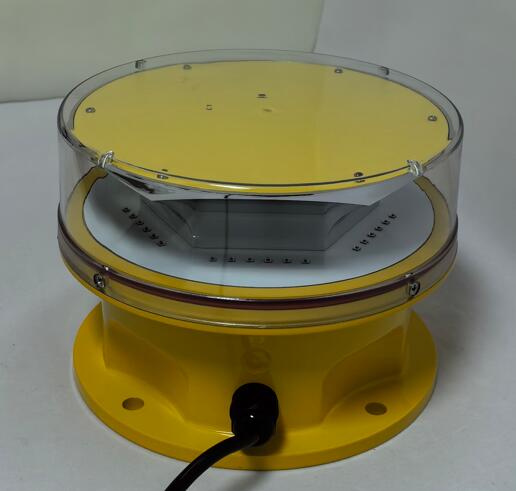
In the realm of aviation and tall infrastructure, visibility is critical for safety. LED obstruction lighting has emerged as a superior solution, replacing traditional incandescent and halogen systems with energy-efficient, long-lasting, and highly reliable technology. These lights serve as essential markers to warn pilots of potential hazards, ensuring safe navigation around tall structures such as towers, wind turbines, and skyscrapers.
This article explores the significance, benefits, and advancements of LED obstruction lighting, highlighting its role in modern safety systems.
The Importance of Obstruction Lighting
Obstruction lighting is mandated by aviation authorities worldwide to prevent collisions between aircraft and man-made structures. Key applications include:
Telecommunication towers – Ensure visibility for low-flying aircraft.

Wind farms – Mark turbine locations to avoid accidents.
High-rise buildings – Alert pilots in urban areas.
Bridges and power lines – Prevent collisions in critical airspace zones.
Traditional lighting systems, while effective, suffer from high energy consumption and frequent maintenance needs. LED obstruction lighting addresses these challenges with cutting-edge technology.
Advantages of LED Obstruction Lighting
1. Energy Efficiency and Cost Savings
LEDs consume significantly less power than incandescent or halogen lights, reducing operational costs. Their low energy demand makes them ideal for remote installations where power supply may be limited.
2. Long Lifespan and Durability
Unlike conventional bulbs that burn out quickly, LED obstruction lights can last up to 100,000 hours. Their solid-state design resists vibrations, extreme temperatures, and weather conditions, ensuring reliable performance in harsh environments.
3. Enhanced Visibility and Compliance
Modern LED obstruction lighting meets strict aviation regulations (FAA, ICAO, EASA) with high-intensity illumination. Features include:
Red and white strobe options for day and night visibility.
Automatic brightness adjustment based on ambient light conditions.
Fail-safe mechanisms to ensure continuous operation.
4. Smart Monitoring and Control
Advanced LED obstruction systems integrate with remote monitoring platforms, allowing real-time diagnostics and automated alerts for maintenance. This reduces downtime and enhances safety compliance.
Innovations in LED Obstruction Lighting
Recent advancements have further improved the effectiveness of LED obstruction lighting:
Solar-Powered Solutions – Ideal for off-grid installations, reducing dependency on external power sources.
Aircraft Detection Lighting Systems (ADLS) – Use radar or infrared sensors to activate lights only when aircraft are nearby, minimizing light pollution.
Dual-Light Systems – Combine steady-burning and flashing lights for optimal visibility under all conditions.
Environmental and Economic Impact
The shift to LED obstruction lighting aligns with global sustainability goals by:
Reducing carbon emissions through lower energy consumption.
Minimizing waste due to longer lifespans and fewer replacements.
Decreasing light pollution with directional and controlled illumination.
LED obstruction lighting represents a critical evolution in aviation and infrastructure safety. With superior efficiency, durability, and smart capabilities, it ensures compliance with international standards while reducing operational costs and environmental impact.
As technology continues to advance, LED obstruction lighting will play an even greater role in safeguarding airspace and tall structures, making skies safer for generations to come.